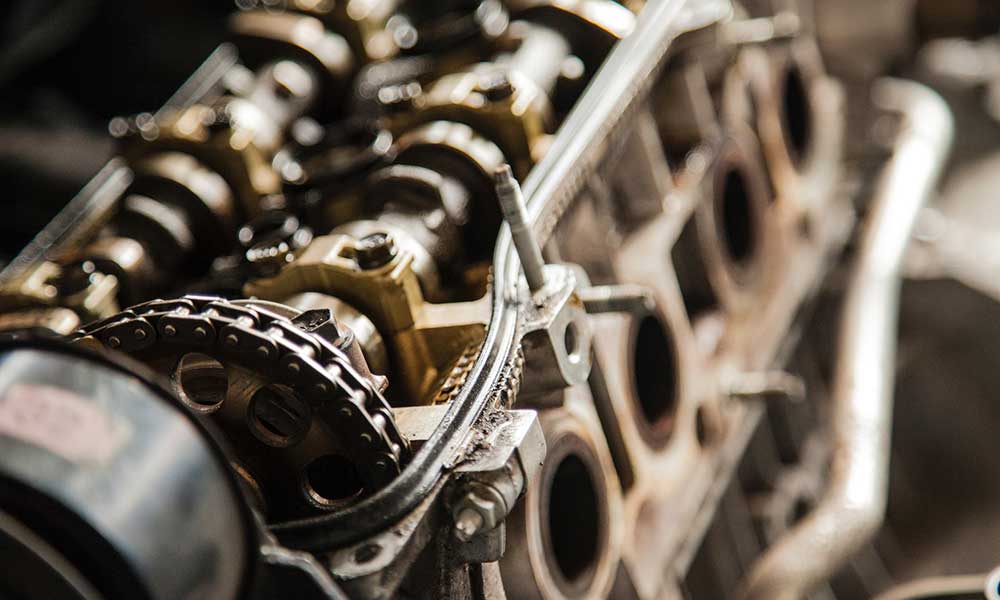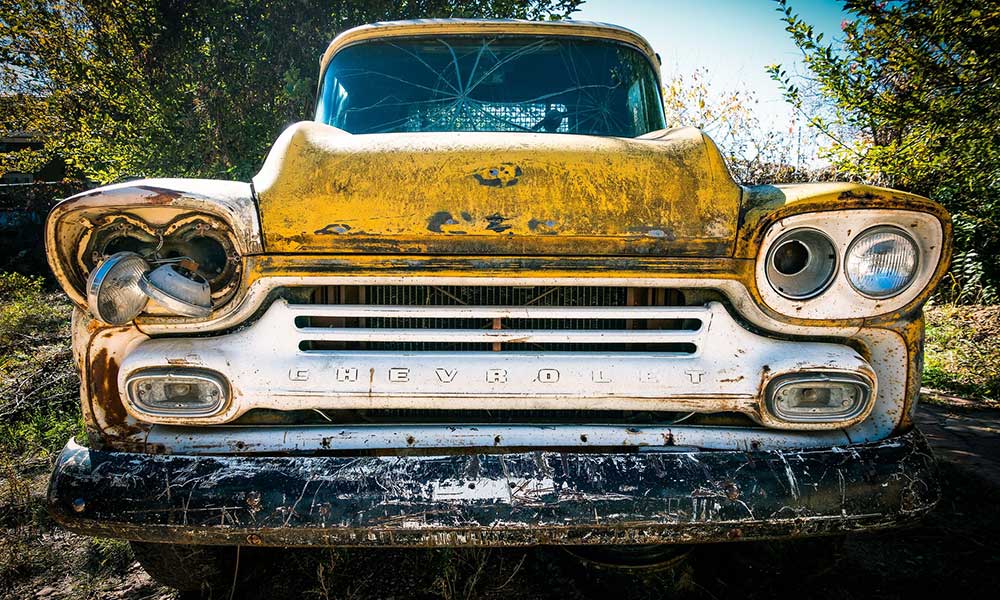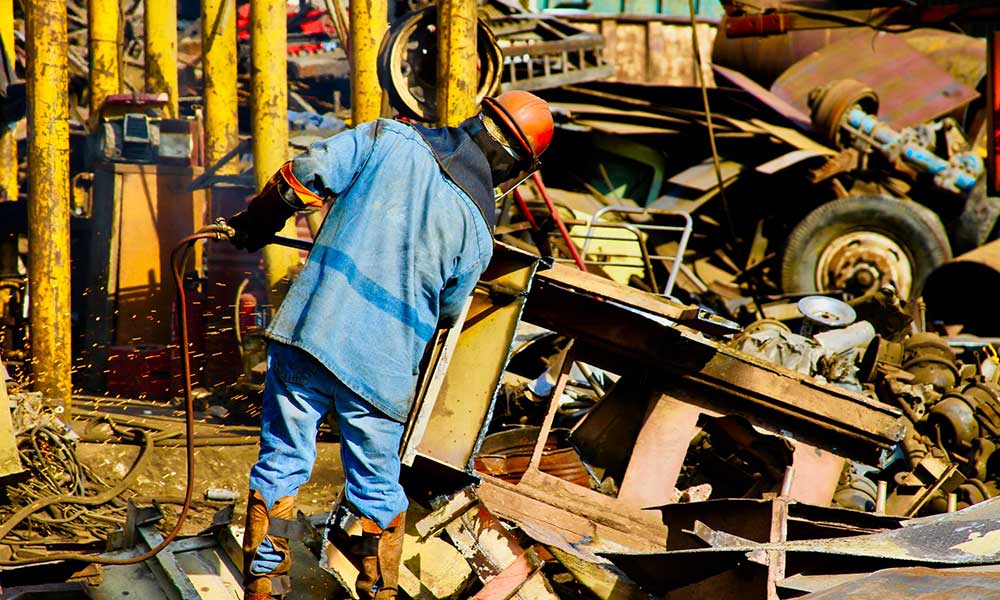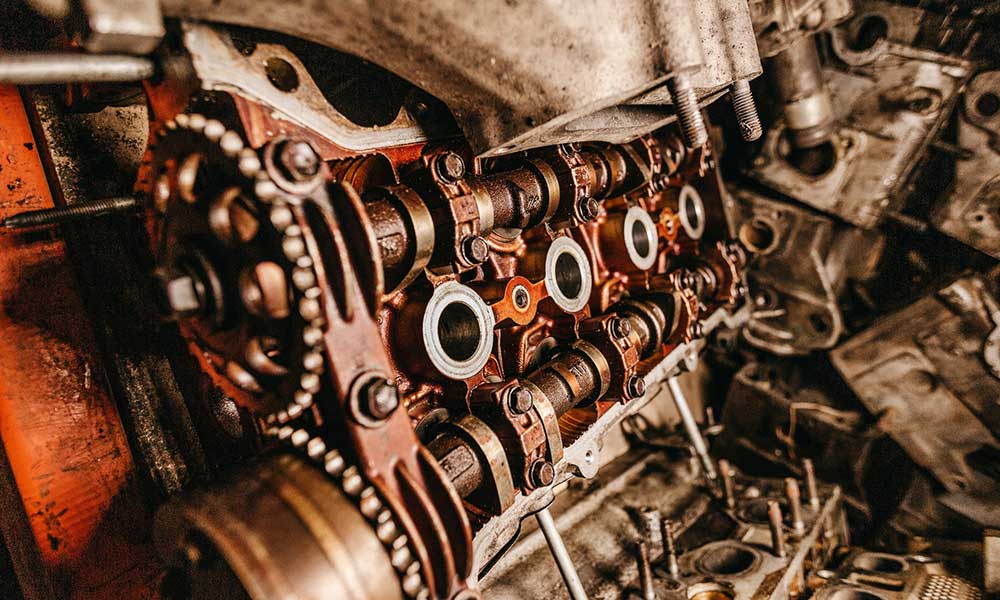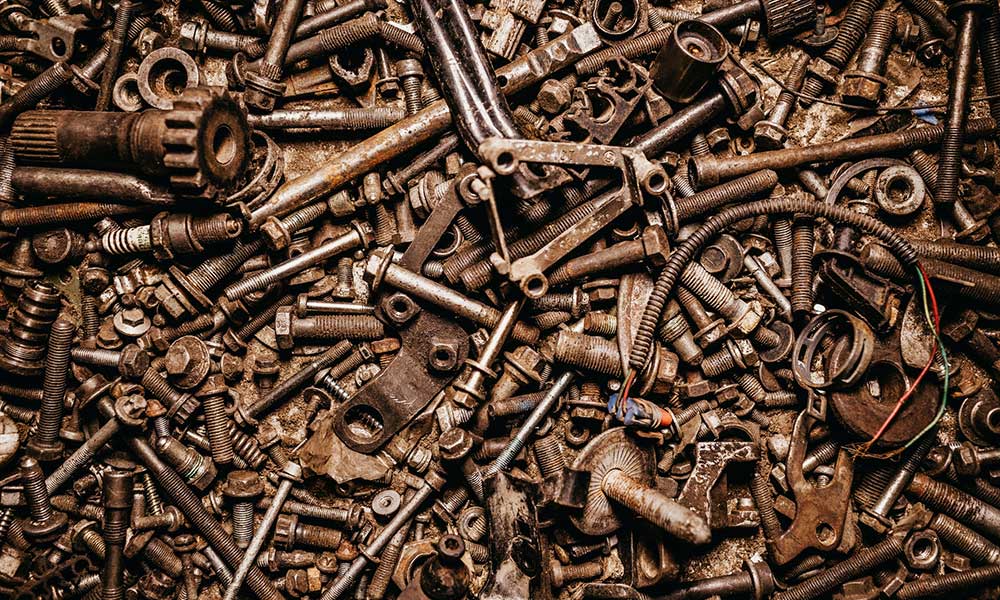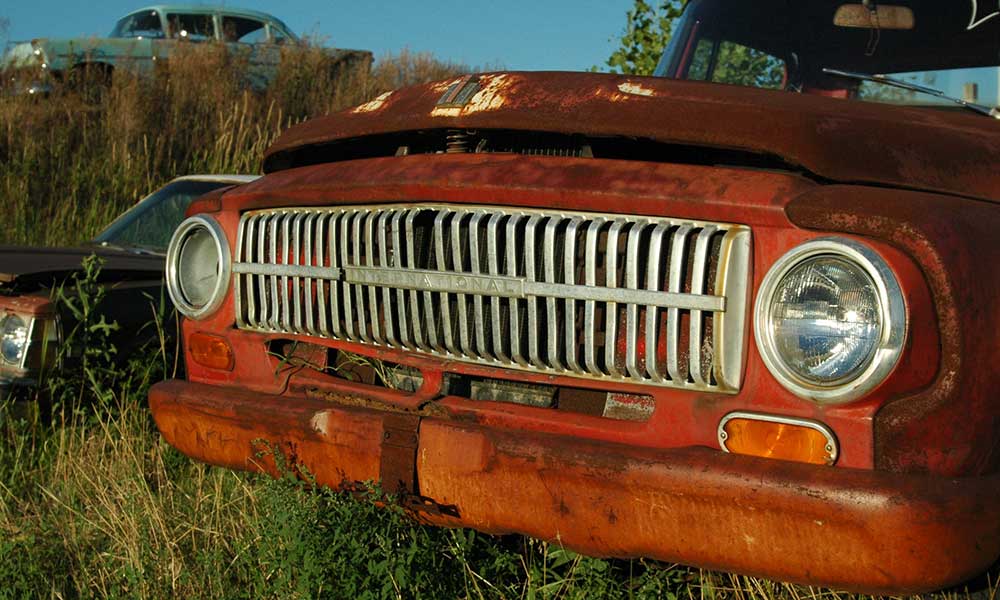If you want to legally drive your vehicle in the state of California and get it registered with the DMV, you’ll need to pass a smog test at a local auto shop or at a dedicated smog check inspection center.
A smog check inspection is required every two years for many vehicles in California.
The smog test inspection is necessary to prevent your car from releasing too many emissions as you drive around throughout the day. If you want to prepare for the test and increase your chances of passing, there are a few important steps to take in advance.
Fix the Check Engine Light
Many drivers don’t realize that their car will automatically fail the smog test if their check engine light is illuminated on the dashboard.
This is a sign that the engine needs attention and is at risk of breaking down if severe issues are present under the hood.
The light also illuminates due to a broken oxygen sensor, which helps you to put a good balance of air and gas into the engine.
Take the vehicle to a professional mechanic to ensure the technician can inspect the parts and determine the cause of the light illuminated.
The light may not turn off until you start driving the car around more, making it necessary to spend some time on the road until the computer verifies that the different operating systems are now working correctly.
Schedule a Tune-up
Schedule a tune-up two weeks before your smog test appointment to ensure the vehicle operates better and is more efficient.
During the tune-up, the mechanic will unplug your battery, which causes the computer in the vehicle to reset. You don’t want to bring it in for a smog test if the vehicle was just reset, making it necessary to perform this task in advance.
Similarly, it’s also important to reschedule your appointment if your battery dies and you replace it.
It may also be necessary to drive the car an average of 100 to 200 miles before you take it to the auto shop for the smog test.
Inflate Your Tires
Check the PSI on each of your tires to determine if they have enough air because they’ll need to be properly inflated before the smog test.
During the smog test, the vehicle is placed on rollers.
If the tires aren’t inflated enough, it can cause the engine to work harder than necessary to run and operate. It will even allow you to conserve some of your gas when the wheels have enough air.
Schedule an Oil Change
An oil change is crucial for the operation of your vehicle and allows the parts to work better in the engine, which prevents any issues from occurring over time.
If you have dirty oil present, it can also cause a lot of contaminants to be present, which can put your car at risk of failing the smog test.
Not only will changing your oil reduce your emissions, but it’s also when the mechanic will inspect the car for any cracked or damaged hoses.
Broken hoses that need attention can affect the operation of the vehicle and prevent it from running well during the smog test.
Increase your Speed
Experts recommend driving at highway speeds for at least two weeks before your smog test, which will allow a lot of contaminants to burn off as the car is in motion.
Driving around over 65 mph will allow the catalytic converter to burn off more gas and oil, which will show that your car has lower emissions as the vehicle undergoes the smog test.
Top Off the Fluids
Make it a point to top off the coolant and gas tanks before your test because the test will involve running the car at a higher speed.
Topping off these fluids will prevent the fuel pump from being exposed and allowing vapor to enter the fuel line, leading to a failed test.
Schedule a Pre-Inspection
It doesn’t hurt to schedule a pre-smog inspection before the actual smog test to get an idea of if your vehicle is releasing too many emissions.
A professional technician can test the car and provide you with the results to determine if you need to perform any repairs or address issues that are uncovered.
Consider scheduling the pre-inspection several weeks or months in advance to ensure you have enough time to improve the car’s operation and condition.
Perform Necessary Maintenance
As a car owner, performing necessary maintenance is crucial to preventing too many emissions from being released from your exhaust as you spend time on the road.
Necessary maintenance should be performed at different mileage intervals.
Using fuel injector cleaner will clean out carbon deposits that are present in the engine to reduce emissions.
Even changing spark plugs at the right time will improve your car’s operation. Proper maintenance also includes routine oil changes and tune-ups throughout the year.
If you fail the smog test, keep in mind that the facility will provide you with a report on the causes of the car failing the test.
Review the details to determine what issues may need to be repaired before you bring it back for another test in the coming weeks.
If you’re still unable to determine the underlying problem, request a smoke test with your local mechanic, which makes it easier to find any leaks in the hoses that are present.
The car can also be tested for a second time at a fix and repair shop in the area, which will allow multiple tests to be performed instead of only one test.
This will prevent you from having to drive back and forth between different garages as you try to discover what repairs are needed on the vehicle.
Knowing the necessary steps to take to pass a visual smog test inspection will the operation of the vehicle while significantly lowering its emissions.
You can have more confidence at the appointment knowing you improved the quality of the car as much as possible.


